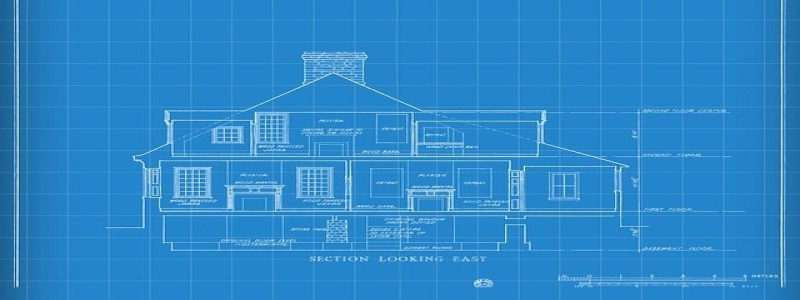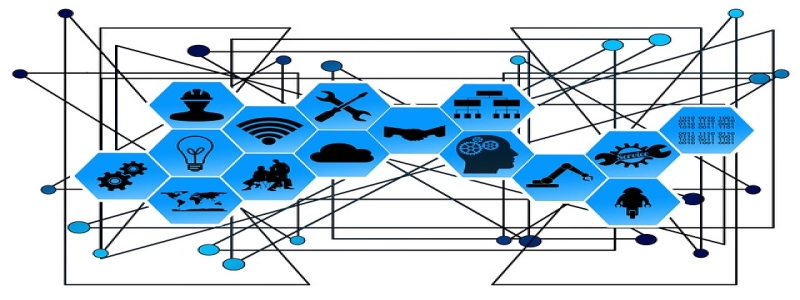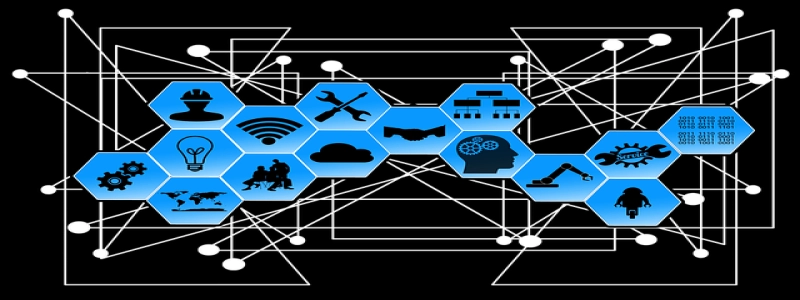Best Way to Label Ethernet Cables
Introduction
Ethernet cables are essential components of any network infrastructure. They provide the necessary connections between devices, allowing for data transmission and communication. However, with a significant number of cables running through a network, it can be challenging to identify and troubleshoot specific cables when issues arise. This is where proper cable labeling plays a crucial role. In this article, we will discuss the best way to label Ethernet cables to ensure efficient network management and troubleshooting.
Why Label Ethernet Cables?
Labeling Ethernet cables offers numerous benefits for network administrators. Here are a few reasons why it is essential:
1. Easy Identification: With properly labeled cables, it becomes significantly easier to identify specific cables during installation, maintenance, or troubleshooting. This saves time and effort, making the entire network management process more efficient.
2. Quick Troubleshooting: When network issues occur, quickly pinpointing the problematic cable becomes essential. Proper labeling allows network administrators to locate and isolate the problematic cable swiftly, minimizing downtime and improving overall network reliability.
3. Organization: Proper cable labeling adds structure and organization to the network infrastructure. It helps prevent cable tangling and confusion, allowing for easy cable management and maintenance.
Best Practices for Labeling Ethernet Cables
Now that we understand the importance of labeling Ethernet cables let’s discuss some best practices to follow:
1. Use Descriptive Labels: Ensure that each label contains adequate information about the cable it represents. Include details such as the destination or source device name, the purpose of the cable (e.g., \”Printer,\” \”Server\”), or the location of both ends of the cable.
2. Consistency: Maintain consistency in label format across all cables. Using the same labeling convention, font size, and color-coding scheme throughout the network ensures uniformity and enhances readability.
3. Label Both Ends: Labeling both ends of an Ethernet cable is crucial. It allows for easy identification at both ends and eliminates confusion during maintenance or cable tracing.
4. Labeling Approach: There are several approaches to label Ethernet cables, such as flag labels, wrap-around labels, or self-laminating labels. Choose the one that best suits your needs. Self-laminating labels, for example, provide added durability, protecting the label from smudging or damage.
5. Color Coding: Assigning color codes to cables can significantly simplify cable identification. Use different colored labels, cable ties, or electrical tape to categorize cables based on function, department, or location. This visual aid simplifies cable management and reduces errors.
6. Documentation: Maintain a comprehensive documentation system that records the label information for each cable. This documentation can include details such as cable length, termination points, and any additional notes. It becomes invaluable when troubleshooting or making network modifications in the future.
Conclusion
Properly labeling Ethernet cables is a crucial step in efficient network management and troubleshooting. By using descriptive labels, ensuring consistency, labeling both ends, choosing the appropriate labeling approach, implementing color coding, and maintaining comprehensive documentation, network administrators can streamline network operations and minimize downtime. Implementing these best practices will undoubtedly contribute to a well-organized and easily manageable network infrastructure.








